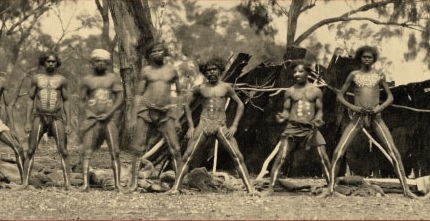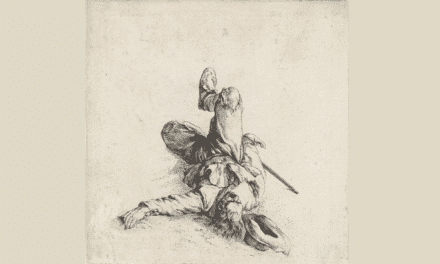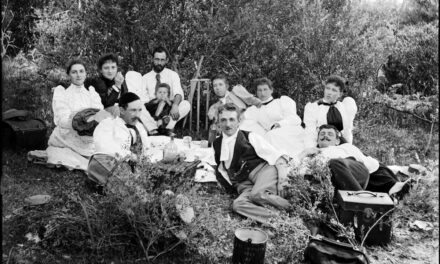Most locations in Daylesford are named after successful businessmen – Howe Street, Stanbridge Street, Jamison Street and the misspelled Bleakley Street among them. (Henry Bleackley ran the hotel on the site where The Rex is currently located.)
One exception is Connells Gully Road, named after Tom Connell, a man whose life was far from conventional. Though his career was less than distinguished, he was admired by friends and associates and left a lasting mark on Daylesford’s history. He was one of the discoverers of the local goldfields, forever changing the town’s fortunes. Connell lived in Connells Gully and met an untimely and tragic end there.
Tom Connell enlisted in the English Army in Ireland and arrived in Australia aboard the Sesostris in 1839, escorting prisoners. At the time, his regiment—the 96th Foot—was stationed in Sydney. However, in 1842, he was convicted of forging three payslips from his superior officer. He faced Sydney Court in 1842 where he was found guilty and sentenced to seven years Transportation. But he was already in a penal settlement so how could he be “Transported”? Under colonial law, convicts could still be sent to harsher settlements, such as Norfolk Island, Moreton Bay, or Van Diemen’s Land—the latter being the more lenient option. Thus, in 1842, Connell was sent to Hobart Town.
In Tasmania, Connell crossed paths with many men and women who would later make Daylesford their homes including Henry Hollis, John Honey, Benjamin Burman and others. He married Mary Baldwin, another convict, but their relationship was tumultuous, largely due to Mary’s struggle with alcoholism.
By 1858, their troubles had become public. The Mount Alexander Mail reported:
DAYLESFORD.
(from our own correspondent.)
Matrimonial Broils.— Thomas Connor* charged with threatening the life of his wife, was, in default of bail, committed to Castlemaine Gaol for a period of six months. This man is the oldest miner in the Jim Crow district, and has led a very unhappy life with his wife, who is much addicted to habits of intemperance, and has several times been charged with acts of violence, which have subjected her to various terms of imprisonment.”(*Connells name was often misspelled in the early newspapers.)
Mary died young and Connell was alone for the rest of his life, living in a bark-roofed hut in Connells Gully. We know it was bark roofed because in his Will he described the hut and left it to a Mrs Pritchard to whom he owed money.
His life was not without violence or hardships. In December 1856 Tom was attacked with an axe by a neighbour James Douglass who inflicted several deep wounds. In due course Douglass was sentenced to a lengthy sentence “on the roads” which was more or less on a chain gang.
Connell played a crucial role in Daylesford’s history. Along with John Egan, he was recognised as one of the discoverers of the Daylesford Goldfields, Connell for Connells Gully, and Egan for Wombat Flat. He received a reward of £200 which ultimately changed his life for the worse. His “friends” descended on him asking for handouts and, being the person he was, he obliged many of them. But the demands became relentless and, in desperation, he locked himself in his hut to avoid them, and to end it all.
It seems from his suicide note that he was in despair and depressed. After borrowing a pistol from a neighbour, he shot himself though not very successfully, as he lived in terrible pain for a few days until he expired.
From his suicide note:
I have been so persecuted since I got that miserable money… I hope those who borrowed from me will see me laid with Mother Earth from where all come, and to where the prince and the pauper must return.
Sadly, he was buried in the pauper’s section of the cemetery, without a headstone to mark his place in history.
From the Daylesford & District Historical Society.





